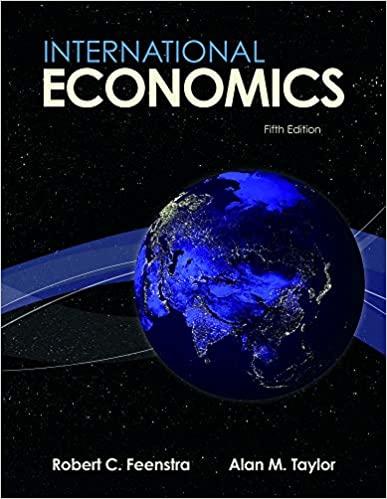Consider a second-generation model of crises. Assume that the benefit of maintaining an exchange rate peg is
Question:
Consider a second-generation model of crises. Assume that the benefit of maintaining an exchange rate peg is equal to 4% (measured in output gap terms). Examine each of the following cases, assuming the economy experiences a recession. For each case, illustrate the IS‒LM‒FX model and determine whether the country will (1) peg, (2) float, or (3) peg or float, depending on the peg’s credibility. On your diagrams, indicate relevant shifts in the curves.
a. Case 1. If the country defends the exchange rate peg, the output gap is equal to 5%. If the peg is not credible, the output gap is equal to 8.5%. Will investors view the peg as credible in this case? Explain.
b. Case 2. If the country defends the exchange rate peg, the output gap is equal to 1%. If the peg is not credible, the output gap is equal to 1.5%. Will investors view the peg as credible in this case? Explain.
c. Case 3. If the country defends the exchange rate peg, the output gap is equal to 3.5%. If the peg is not credible, the output gap is equal to 5.5%. Will investors view the peg as credible in this case? Explain.
d. Illustrate the previous three cases using a diagram similar to Figure 20-17 in the text. In which case do multiple equilibria arise, and why? Why don’t investor expectations affect outcomes in the other two cases?
Step by Step Answer:






